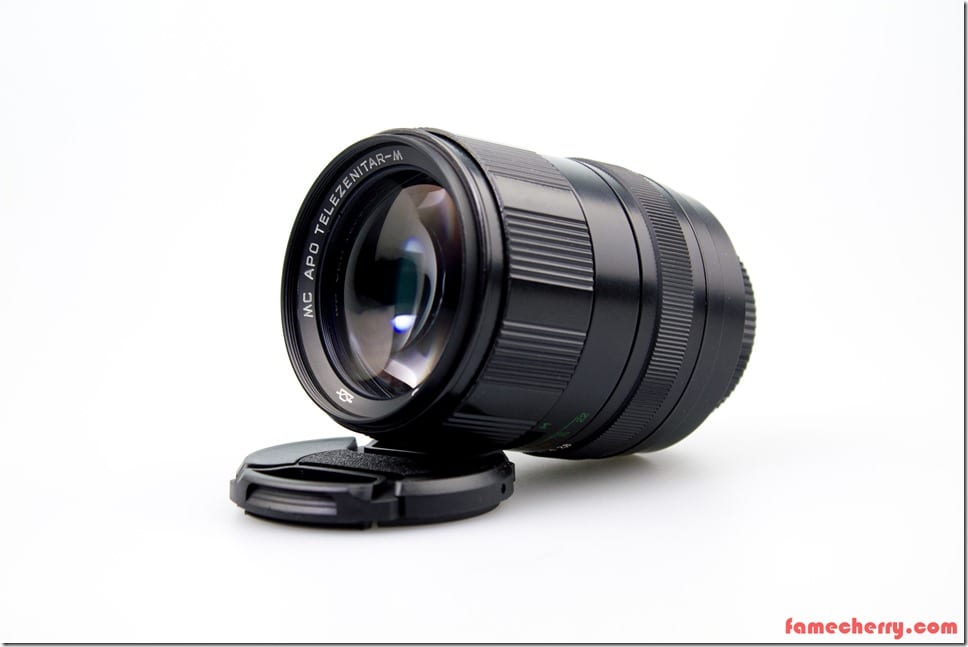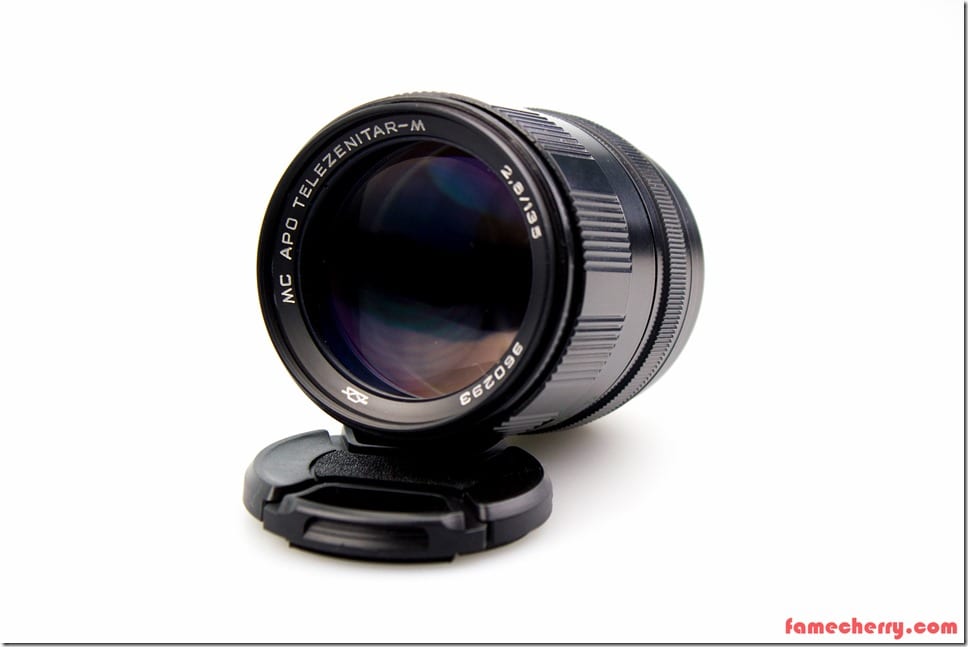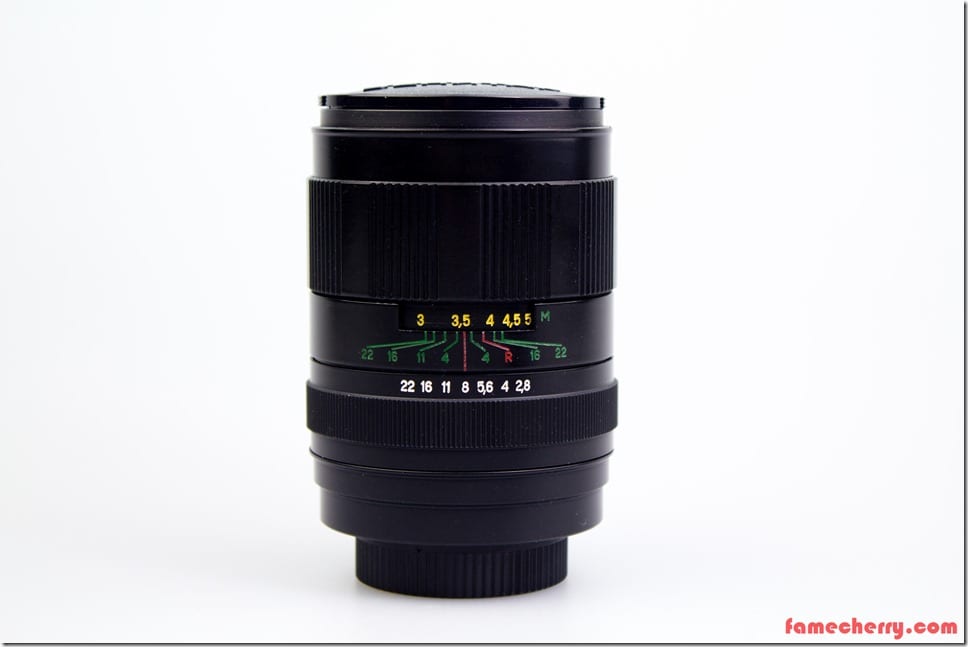Promotional Price : RM 1700 RM 1199 ( We also accept payments in SGD )
Available Mounts : Canon, Nikon, Sony, Pentax, NEX, M4/3, M42, Fuji, Samsung, Minolta
Special Characteristics : Super Sharp Wide Open, Super Accurate Color ( Some say this lens has even better color rendering than Carl Zeiss and Leica Lens )
What does APO and Apochromatic mean?
APO is short for apochromatic which is a term used for glass designed to bring three wavelengths of light color ( red, green and blue ) into the camera sensor. Apochromatic glass also corrects for lens distortion at two wavelengths.
Usual normal glass which are not APO brings together only 2 wavelengths of light ( usually red and blue ) and only has one wavelengths of distortion correction.
In 1886, APO glass technology was invented by Carl Zeiss together with physicist Ernst Abbe and glass chemist Otto Schott.
Community
Join The Zenit Worldwide Community : https://www.facebook.com/groups/zenit-world
Orders & Enquiries
Please email us at shops.famecherry@gmail.com or call us at 012-3375629
( We are also available on Whatsapp but if urgent please make phone call ya )
Manufacturer : Zenit
Technology : Carl Zeiss
Focal distance : 135mm
Aperture : F2.8
Field angle, (diagonally the frame) : 18 Degrees
Number of lenses/elements : 5/4
Minimum shooting distance : 1.3 m
Overall dimensions : Ø 83×66.5 mm
Filter size : 58 mm
Weight : 430 g
History
Zenit is a Russian (and formerly Soviet) camera brand manufactured by KMZ in the town of Krasnogorsk near Moscow since 1952
Founding and post-war years
After the German invasion of the Soviet Union in World War II, the Red Army had acute need for precision optical instruments. The existing factories were either inaccessible, such as LOMO in besieged Leningrad, or overloaded with demand, such as FED which had just been evacuated from Kharkiv to Berdsk. The KMZ factory was set up in 1942 near Moscow, which by then was no longer in immediate danger from German troops, on the site of a recently evacuated mechanical plant. Initially the company took over production of scopes and binoculars as well as reconnaissance cameras.
After the end of the war, KMZ began producing photographic lenses in 1945 to the specifications of the Carl Zeiss corporation, whose factory in Jena had been overrun by the Red Army and largely carted off as war reparations. In the post-war years KMZ also began producing the Zorki camera, a close copy of the German Leica II and the Soviet FED, as well as copies of Zeiss medium-format cameras under the name Moskva. These mark the beginning of consumer production at KMZ besides the original military focus of the company. During the following years, KMZ was the main supplier of photographic lenses in the Soviet Union.
1950s and 1960s: Years of creativity
The mid-1950s saw the beginning of a period of heightened R&D activity at KMZ. One reason was that lens production could be offloaded to a number of other new optical plants, including Arsenal in Kiev which began producing lenses in 1955. This freed up valuable resources at KMZ. Another reason was the changed economic policy under Nikita Khrushchev, which placed more emphasis on producing consumer goods, such as cameras, instead of investment goods and heavy industry. As a result, KMZ produced several highly interesting concept cameras that won international prizes at fairs such as the 1958 World Exhibition in Brussels.
The company’s Zorki line of rangefinder cameras underwent significant modifications that moved it gradually from being a direct Leica copy towards an original camera line of its own. Several other highly interesting rangefinder camera lines were developed out of the Zorki in the early 1960s and put to market in relatively small numbers. However, the most influential camera developed during this period was the Zenit, a single-lens reflex camera based on the Zorki rangefinder body. The Zenit line was presented in 1953, and of the first generation of Zenit cameras, more than 1.2 million units were produced until the end of the 1960s. A major redesign was presented in 1967 that made the line compatible with the M42 lens mount that was in use worldwide.
In 1965, KMZ also began producing movie cameras, of which was the Krasnogorsk series for 16 mm film was the most well-known. During this time, there was substantial cooperation between the military and the civilian sections at KMZ; an example of this is the Horizont panoramic camera of 1967, which was developed out of an older artillery camera and continues to be produced in modified fashion to this day.
1970s and 1980s: Catering to the domestic market
The pace of R&D for consumer products at KMZ substantially slowed down at the end of the 1960s. One reason for this might have been the relatively low output figures. Since large amounts of resources were channeled towards research and development, production figures itself were low. Under the conditions of the Soviet planned economy, these absolute production figures tended to be the main indicator for a company’s productivity, which made it somewhat undesirable to invest in research and development. Another reason may have been the changed economic policy under Leonid Brezhnev, which again focused increasingly on heavy industry and arms production.
During the 1970s consumer production at KMZ shifted towards producing large numbers of individual, relatively simple models of the existing product lines. These still underwent smaller modifications and innovations, but there was a clear focus on mass production. The Zorki line of rangefinder cameras was continued until 1980 with a single model dating back to the 1956, of which 2.2 million were produced with some modifications. The Krasnogorsk-3 movie camera was produced in a largely unchanged fashion from 1971 to 1989. The Zenit line of SLRs saw somewhat more substantial modifications, such as the addition of light metering, but here too the focus was primarily on mass producing tried-and-true models, rather than implementing technical innovations such as automatic exposure that had been standard in the West for almost a decade before they appeared on the Zenit. To cope with domestic demand, Zenit production was outsourced to several other camera works in the Soviet Union as well. More than 6 million Zenit cameras were produced at KMZ until the end of the 1980s, but by that time the Zenit comparatively outdated. During this time, the relative importance of the military section of KMZ grew, in response to the increasing focus on arms production in the USSR in general. KMZ also developed a major focus in metallurgy, mechanical engineering and optoelectronics.
Sample Video Without Color Correction
Inspiration
Colors presented are natural colors from the APO lens without editing








FULLY MANUAL?
U got email =)
Hi,
Can send me more info
U got email =)
Hi.
I´m looking for
Telezenitar 135 milímetros f2.8 APO
I have a pentax k 5 II .
I live in Portugal
How can I buy this lens ?
Have you a catalog ?
thanks for your attention
fernando barreto
You have email =)
can use for canon mark 2?
You have email =)
Hi, can the lens fit on Fujifilm X-E2?
Thanks
Yes can but need to use with adapter as its a SLR lens =)
You have email =)
Hi, is this lens still on sale? and could be shipped to China?
Thanks
i got one unit display wanna clear off
i contact u via email now tq